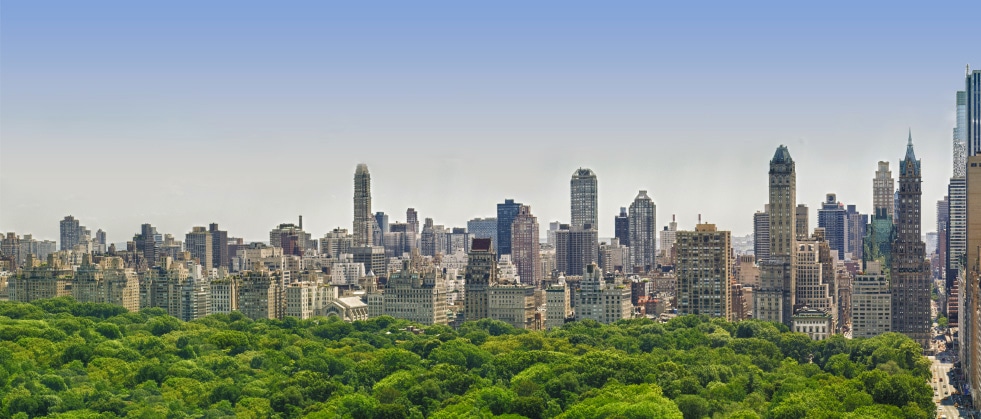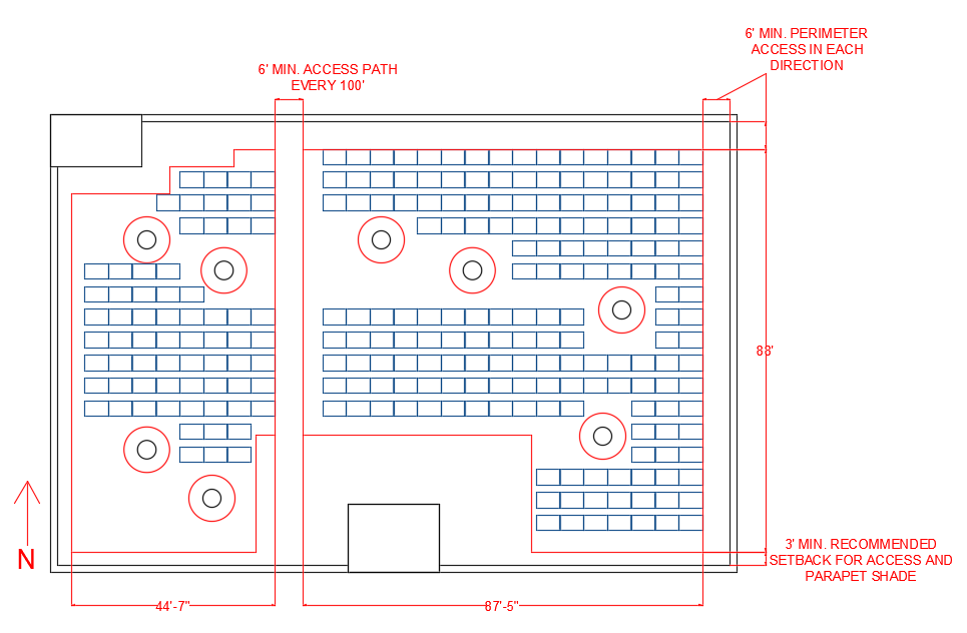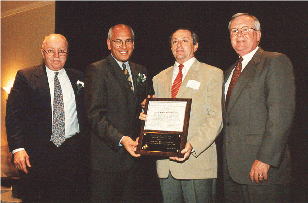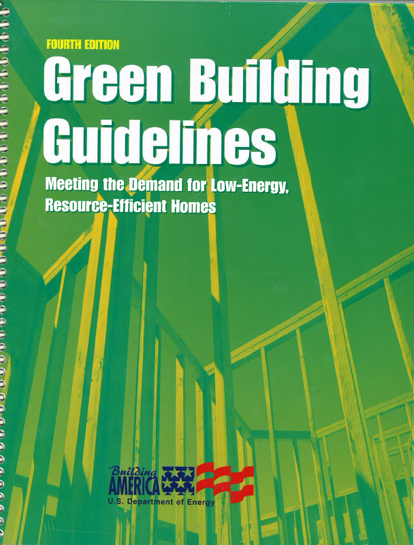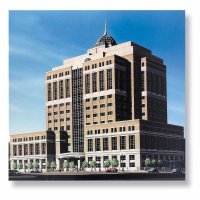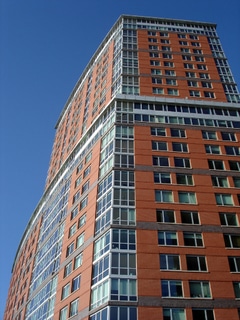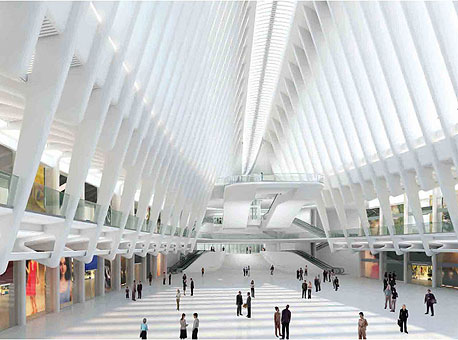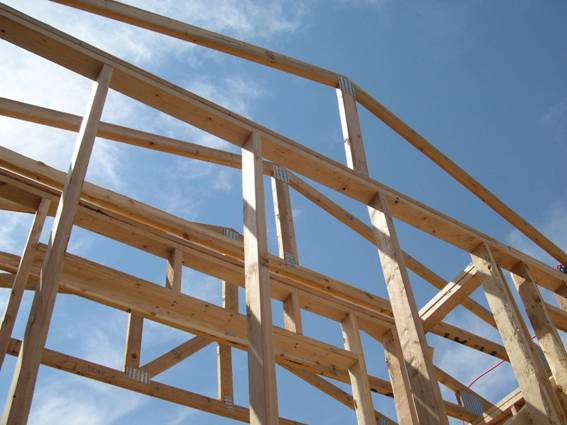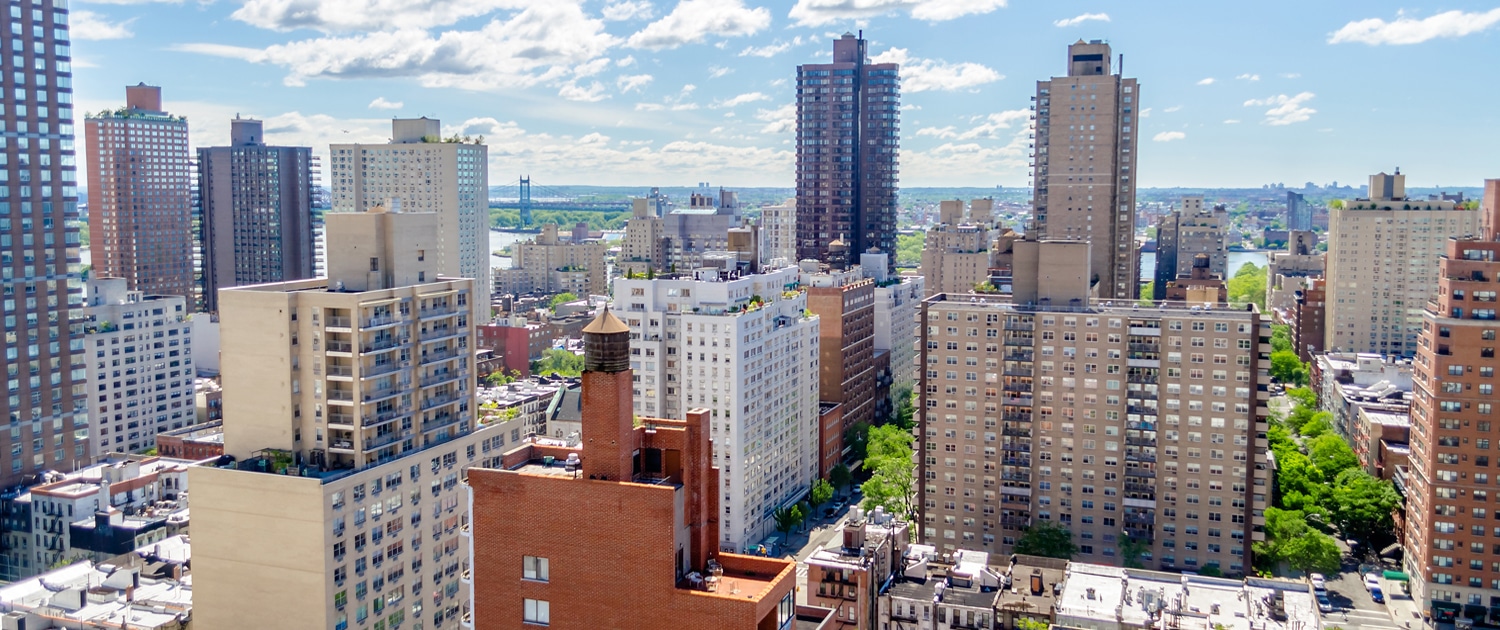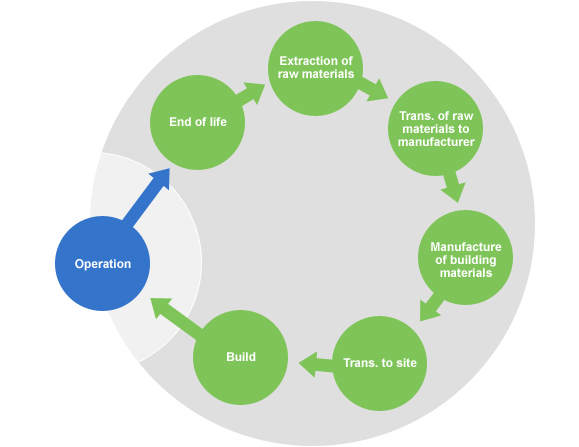 Last week, as I was writing this blog, I came across a New York Times article: “The Amazon, Siberia, Indonesia: a World of Fire.” By now, I’m sure most of us are aware that the Amazon Rainforest has been burning for weeks, but this deliberate act of environmental destruction will contribute to a feedback loop. These fires release carbon dioxide and kill the trees and species that not only remove greenhouse gasses from the air but are part of vital fragile ecosystems. As more climate-warming gasses fill the air, extreme weather patterns, drought, species loss, and global warming are exacerbated. These effects then accelerate the spread of infectious disease, global poverty, and human health defects. Overall, climate change and environmental degradation negatively affect both humans and the planet, which makes us less resilient and allows for climate change to accelerate even more aggressively. And the cycle continues.
Last week, as I was writing this blog, I came across a New York Times article: “The Amazon, Siberia, Indonesia: a World of Fire.” By now, I’m sure most of us are aware that the Amazon Rainforest has been burning for weeks, but this deliberate act of environmental destruction will contribute to a feedback loop. These fires release carbon dioxide and kill the trees and species that not only remove greenhouse gasses from the air but are part of vital fragile ecosystems. As more climate-warming gasses fill the air, extreme weather patterns, drought, species loss, and global warming are exacerbated. These effects then accelerate the spread of infectious disease, global poverty, and human health defects. Overall, climate change and environmental degradation negatively affect both humans and the planet, which makes us less resilient and allows for climate change to accelerate even more aggressively. And the cycle continues.
So, for the sake of our (really wonderful) natural planet, and humankind, it is crucial that we try to hinder this feedback loop and make climate action a priority around the world. And, although individually we can try to have a more reciprocal relationship with the planet, our actions and voices carry more weight collectively, which is where Climate Week NYC comes in.
What is Climate Week NYC?
Organized by The Climate Group, Climate Week NYC is an annual week-long gathering for citizens and global leaders to join forces and take action to mitigate environmental harm caused by human activity. There will be a number of public events each day from September 23-29, including tours, film screenings, conferences, and more.
Fun fact: Swedish teenager and activist Greta Thunberg sailed across the Atlantic all the way from England to meet with UN Secretary-General Antonio Guterres, and to attend the United Nations Climate Action Summit, scheduled on the first day of Climate Week NYC!

